The spiritual and the secular are distinct realms that often collide, intersect, overlap and infringe upon one another. Nowhere is that phenomenon more visibly and more frequently at play than in the Jewish homeland: The state flag bears a religious symbol, civil marriages are sanctioned by a religious court, it is illegal to require an employee to work on Shabbat, and, as Israeli artist Nira Pereg illustrates in one of her videos, public city streets in some neighborhoods in Israel are blocked off to traffic in observance of Shabbat.
The intersection of two worlds — the sacred and the secular, the living and the dead, the society and the individual — is what Pereg explores in a complementary pair of video art installations at the Santa Monica Museum of Art and the adjoining Shoshana Wayne Gallery. “Nira Pereg: Sabbath 2008” and “Kept Alive,” on display until April 17 and Feb. 27 respectively, are documentary-style recordings of what most Israelis would consider commonplace activities hardly worth a second glance: a young Orthodox man in a black hat trotting down the street on a late Friday afternoon, two young boys in kippot dragging a barrier across a small road, a gravedigger shoveling dirt, women bending over a grave marker.
But for Pereg, a 40-year-old Tel Aviv native who grew up amid the hustle and bustle of strictly secular city life, the mundane became a source of fascination when she realized the layers of meaning that existed just beneath the surface of these activities.
It took spending a few years away from home working and teaching video art in Germany and France for Pereg to rediscover the intricacies of her own culture. What lured her to other countries — the novelty of the “other” — ultimately allowed her to turn a critical and artistic eye upon elements of Israeli life that never occurred to her before as worthy of exploration.
“In Paris, I was an outsider, so I was able to observe,” Pereg said before a panel discussion at the museum last month, featuring Rabbi Bradley Artson, dean of American Jewish University’s Ziegler School of Rabbinic Studies, and Rabbi Sharon Brous, founding rabbi of IKAR. “Only after spending a few years away from Israel was I able to suddenly find things that were foreign and interesting — like the fact that everything in Israel is gated: the windows, the doors, front yards, backyards. Everything is so protected, guarded. There is such an emphasis on territory and borders. It’s not like that in other places.”
The delineation of physical borders is a major theme in “Sabbath 2008,” a seven-minute video documenting the blocking off of roads leading into Orthodox neighborhoods in and around Jerusalem in preparation for the Sabbath. As the sun starts to fade, neighborhood residents drag police barriers across streets, diverting traffic, blocking public access and translating private beliefs into tangible boundaries. Here is where the secular ends and the holy begins, they declare.
The three-channel video installation, “Kept Alive,” which chronicles the routine activities at Jerusalem’s Mountain of Rest cemetery, also highlights the daily interplay between religious and secular elements of Israeli society. Shots of Orthodox men praying at a gravesite are juxtaposed with images of Arab workers digging holes; sweeping panoramic views of the mountain, every inch of it covered with white stone markers, alternate with close-ups of a busy construction site, where the hillside is demolished to make room for more graves. Here, the borders between worldly and otherworldly are clearly defined.
In a country where riots are set off by the opening of a parking lot on the Sabbath, as occurred in Jerusalem in June, the choice to focus artistic expression on the effect of religion on urban environments is potentially contentious.
“To open the camera lens in Israel is a political act,” Pereg said. “It’s an intense landscape to work in.”
“Nira Pereg: Sabbath 2008” is on display through April 17 at the Santa Monica Museum of Art, Bergamot Station G1, 2525 Michigan Ave., Santa Monica. (310) 586-6488.
Did you enjoy this article?
You'll love our roundtable.
Editor's Picks



What Ever Happened to the LA Times?

Who Are the Jews On Joe Biden’s Cabinet?


No Labels: The Group Fighting for the Political Center
Latest Articles
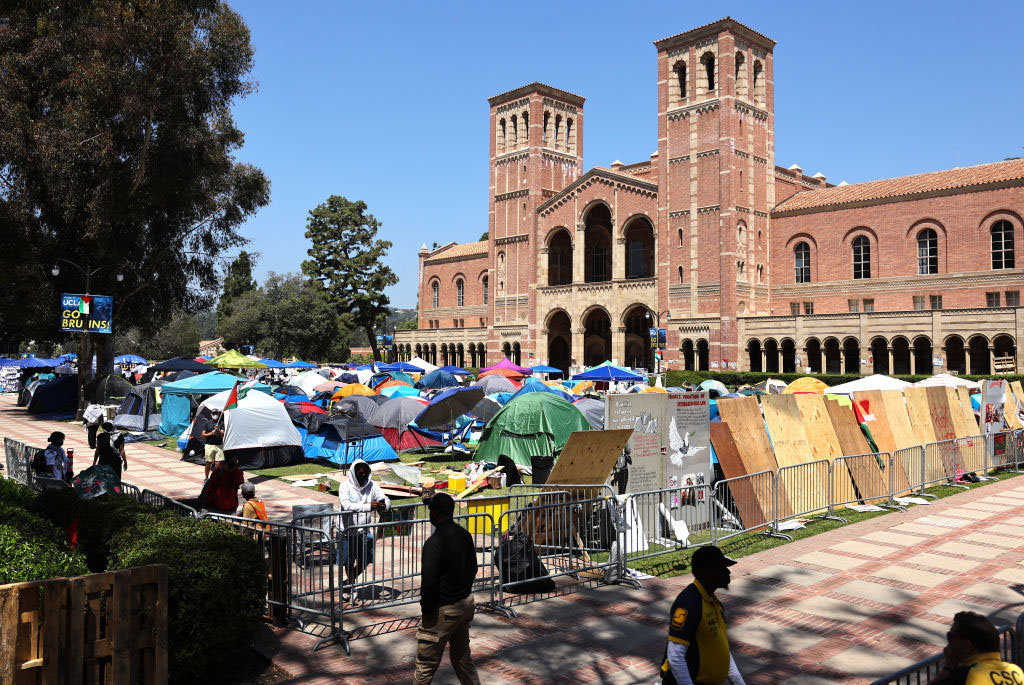
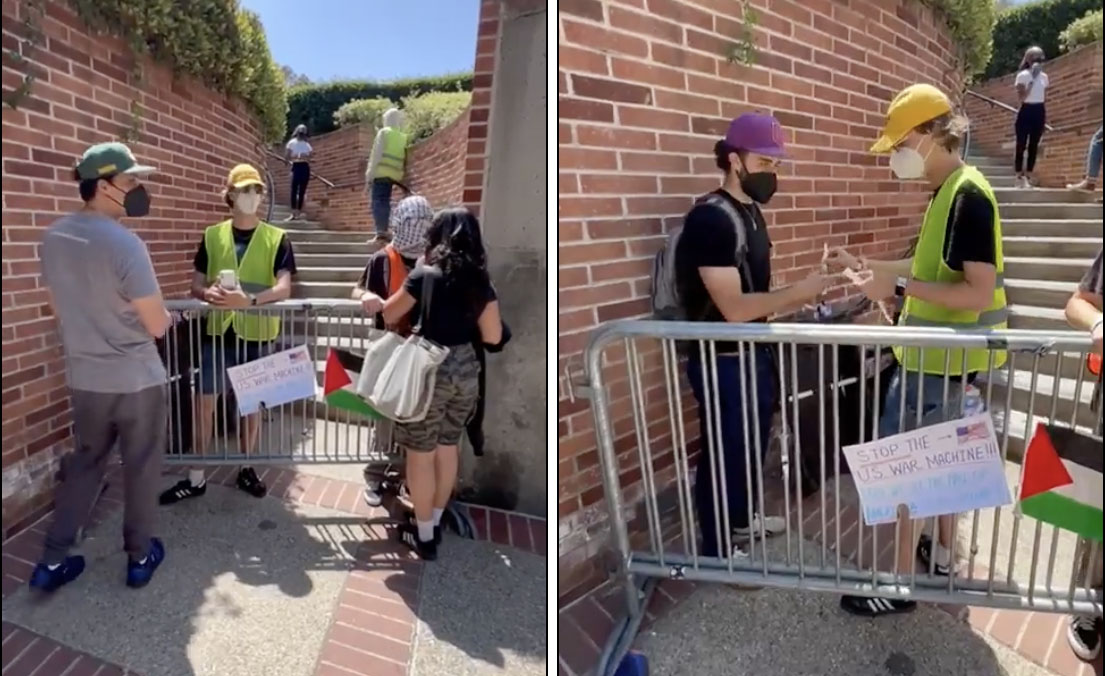
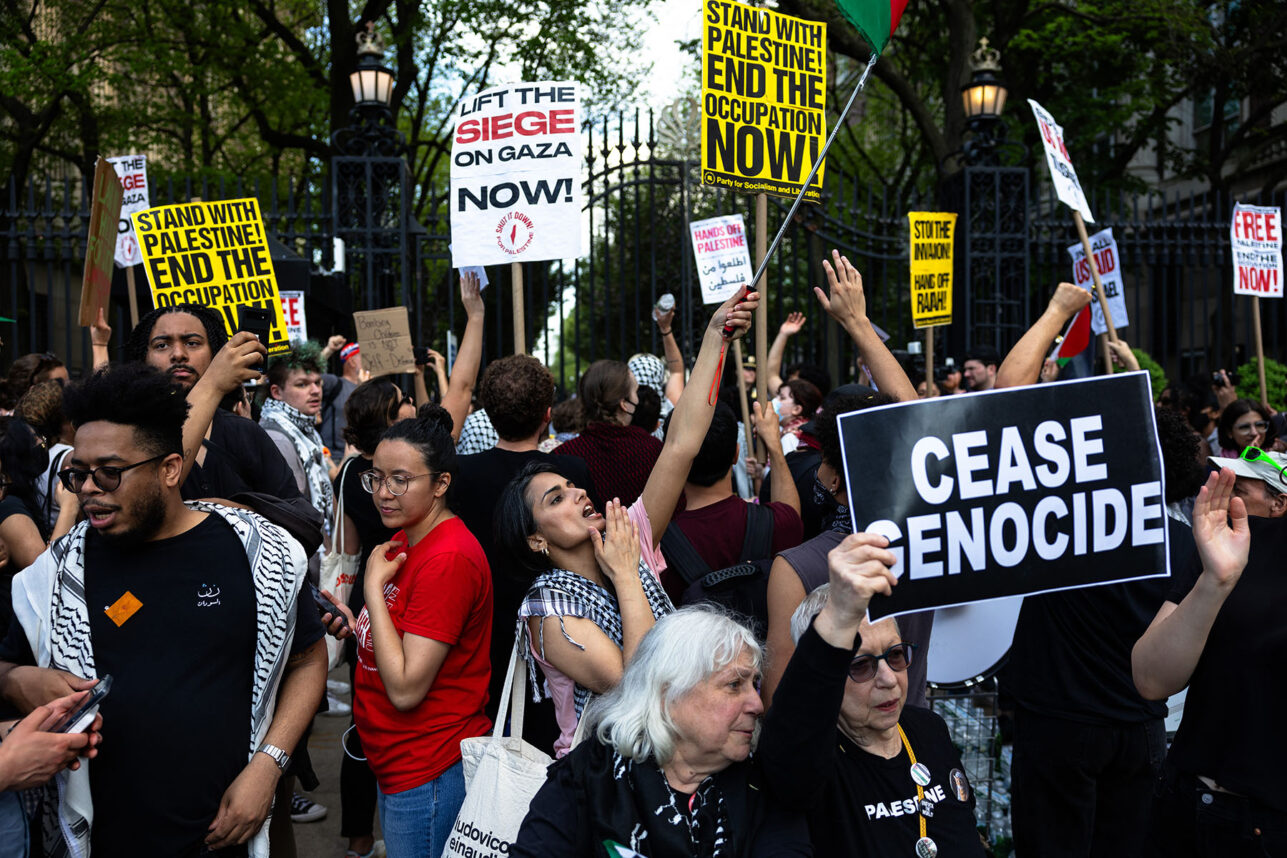

Campus Watch April 30, 2024
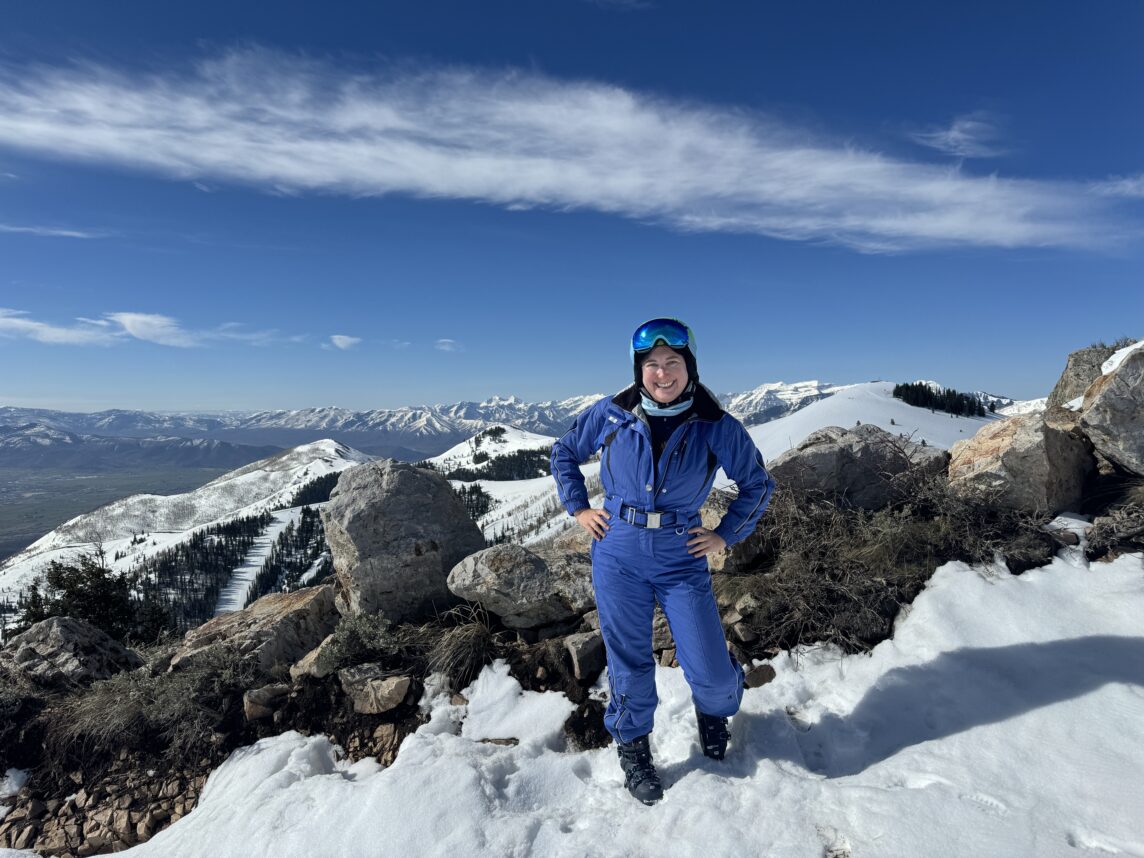
Spring Speaking and Skiing: Niver’s April News 2024
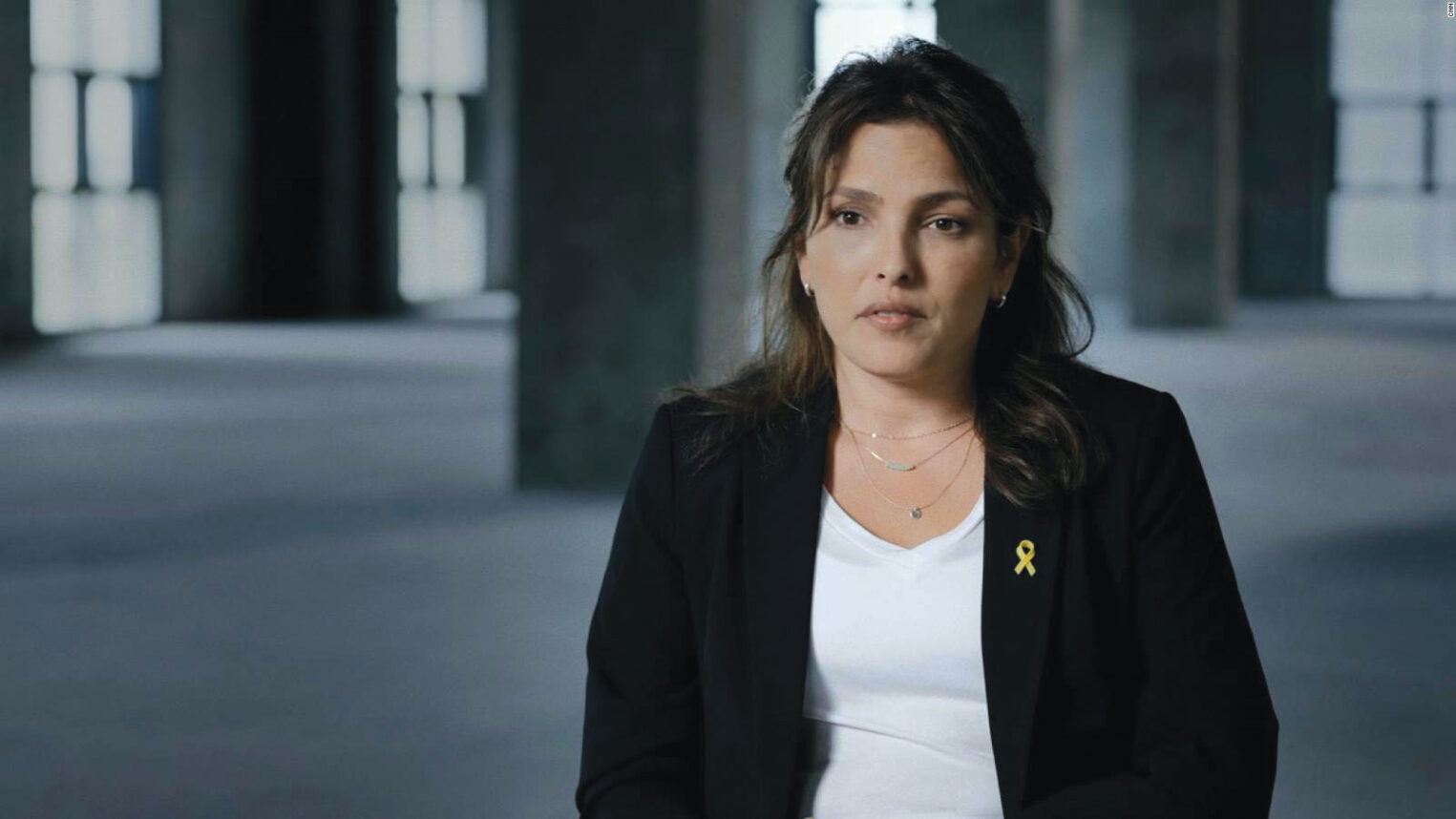










 More news and opinions than at a Shabbat dinner, right in your inbox.
More news and opinions than at a Shabbat dinner, right in your inbox.